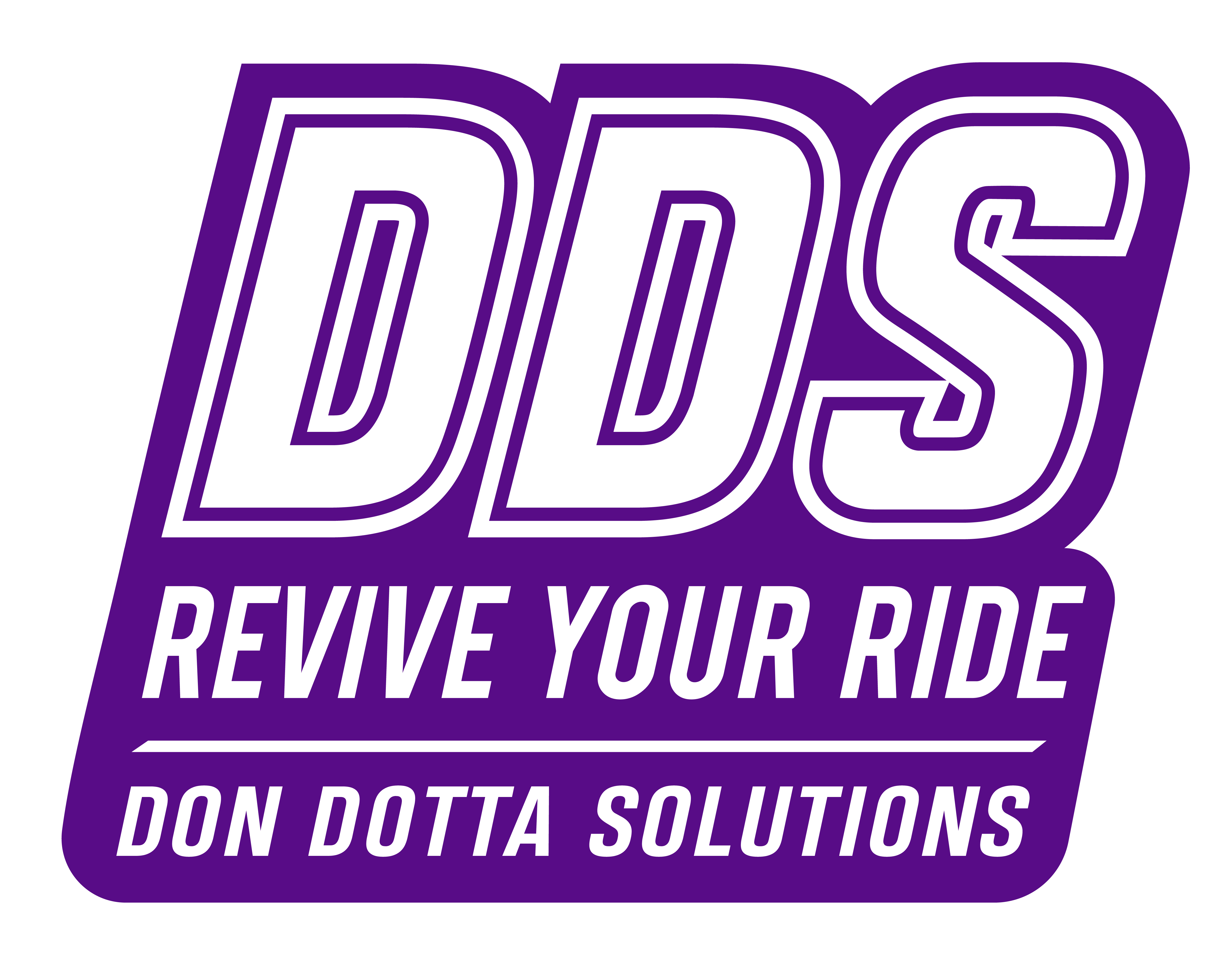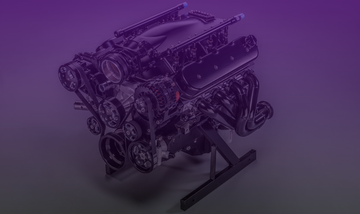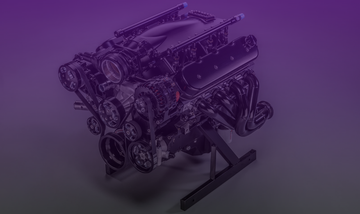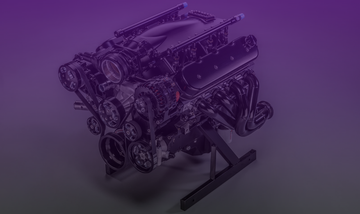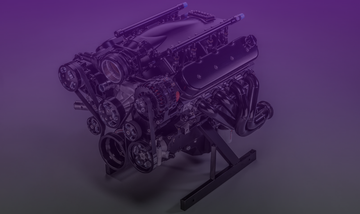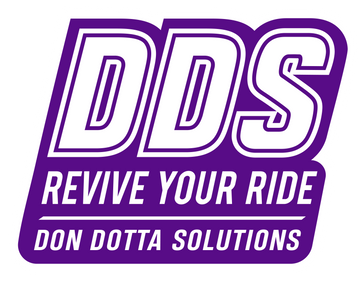The LS Motor Breakdown: Why It’s the Swap King
From junkyards to dyno rooms, the LS engine reshaped what’s possible for builders everywhere.
When the LS1 arrived in the 1997 Corvette, it didn’t just update GM’s small-block—it rebooted modern performance. Lightweight aluminum construction, compact pushrod packaging, and cathedral-port heads delivered torque, revs, and efficiency in a tidy footprint. Two decades on, the LS is the most swapped engine on earth—powering everything from classic Chevy C10s to imports and track toys—because it’s fast, fixable, and gloriously affordable.
“The LS is the Lego set of performance engines—strong, compact, and adaptable.”
A Smarter Small-Block
The LS’s genius is its balance of simplicity and sophistication. A deep-skirt block for rigidity. Priority main oiling. Efficient port geometry. And a cam-in-block layout that keeps size and weight down while delivering low-RPM torque. The result is a V8 that fits more bays, costs less to build, and soaks up power adders without drama. Because GM kept the architecture consistent, parts interchange across generations—cams, intakes, heads—multiplying tuning options.
LS Generations in Short
- Gen III (1997–2007): LS1 and LS6 set the template; iron-block 6.0 LQ4/LQ9 became junkyard heroes for budget boost.
- Gen IV (2005–2020): LS2, LS3, LS7 add displacement and refinement; the LS3’s 6.2 L remains a street/track favorite.
- Gen V (LT series): LT1/LT4/LT5 bring DI and tech; the LS stays king for cost, fitment, and aftermarket depth.
“Build a 500-hp LS for under $10K, drive it daily, and road-trip it on the weekend.”
Why Builders Keep Choosing LS
- Affordability: Big power on a budget; parts and cores are everywhere.
- Compact Fit: Short deck and tight packaging slip into classics or compacts.
- Reliability: Strong bottom end and sane valvetrain handle both miles and boost.
A Perfect Match: LS + C10
Few combos feel as right as an LS-swapped C10. Classic lines meet modern thrust, and the parts ecosystem makes it nearly plug-and-play: mounts, Engine & Drivetrain, Electrical & Wiring, and Fuel & Cooling. A mild-cam LS3 can turn a farm truck into a Corvette-quick cruiser—without losing manners.
More Than Horsepower: A Culture
The LS movement thrives on community—swap guides, dyno shootouts, and countless how-to videos. It’s accessible, documented, and welcoming—performance for builders who value ingenuity over pedigree. That openness is why the LS isn’t just popular; it’s cultural.
Legacy Meets the Future
EVs may define tomorrow, but the LS remains the last great analog hero—mechanical, tunable, and timeless. Whether tucked in a vintage bay or boosted on a road course, the LS endures because it delivers: power, reliability, and freedom to build your vision.
Build Your Swap
Start with the essentials, then fine-tune your setup:
- Engine & Drivetrain — intakes, oil pans, gaskets, sensors
- Suspension & Steering — control arms, spindles, steering
- Brakes — boosters, master cylinders, lines
- Body — panels, hinges, exterior hardware
- Fuel & Cooling — tanks, radiators, fans, shrouds
- Electrical & Wiring — harnesses, fuse boxes, ignition
- Fasteners & Bolts — hardware for engine bay & chassis
- C10 & LS Kits — curated bundles for quicker builds
